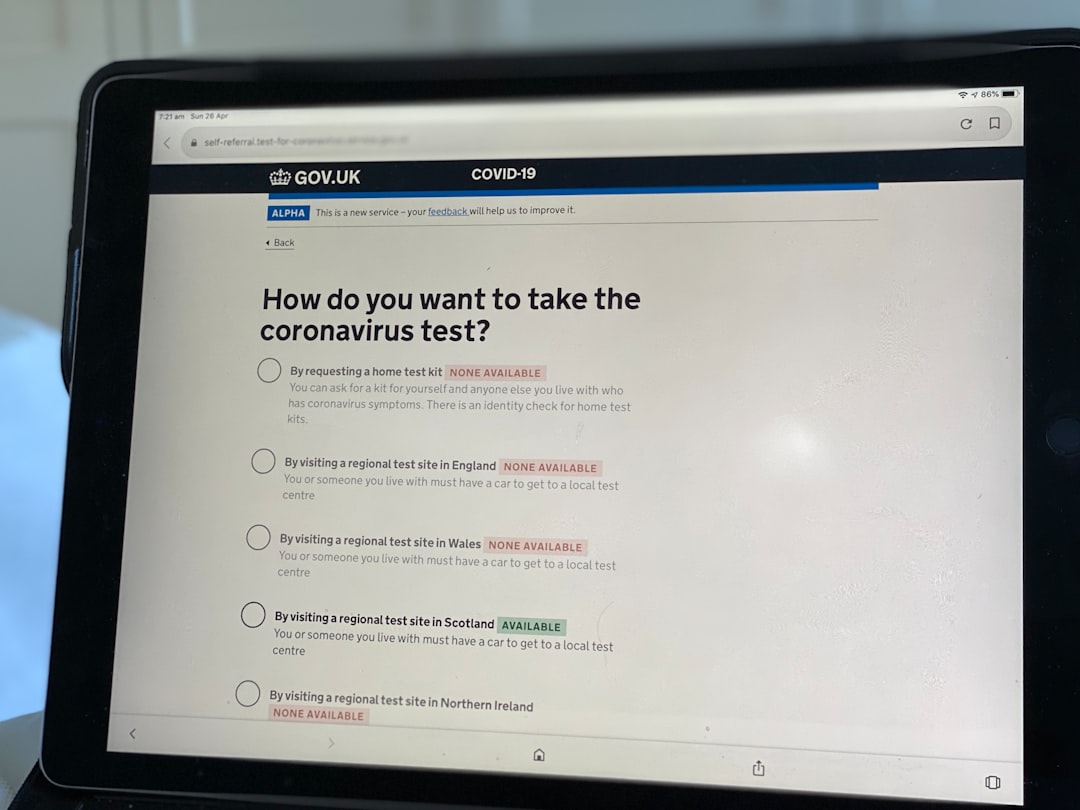In the competitive world of ecommerce, managing both products and content efficiently can be a game changer for your business. While ecommerce platforms like Shopify, Magento, and WooCommerce focus primarily on product and transaction management, they often fall short in the content management department. That’s where Strapi—an open-source headless content management system—steps in. Integrating Strapi with your ecommerce store enables you to deliver high-quality, dynamic content seamlessly across multiple channels, offering a richer experience to your customers.
Contents of Post
What is Strapi?
Strapi is a powerful headless CMS built with Node.js that provides developers and content managers with the flexibility to manage structured content via a customizable admin panel. One of its biggest advantages is its API-driven architecture, particularly helpful in headless ecommerce setups where frontend and backend are decoupled.
Why Integrate Strapi with Your Ecommerce Store?
Integrating Strapi with your ecommerce backend creates a powerful synergy between product and content management, enabling you to:
- Enhance content flexibility: Add rich storytelling to product pages, blog sections, customer testimonials, and more.
- Maintain consistency across channels: Use APIs to push content to web, mobile, and even IoT devices.
- Improve SEO and user engagement: Well-structured content helps improve search engine visibility and customer retention.
- Empower marketing teams: Give non-developers the power to create and update content through Strapi’s intuitive UI.
Planning Your Integration
Before diving into code, it’s crucial to lay out a solid plan for how you want Strapi to function alongside your ecommerce platform:
- Define where content will be managed: Do you want to manage product descriptions, blog articles, landing pages, or all of the above?
- Outline data relationships: How are products and content linked? Will blogs reference products? Will products contain custom media created in Strapi?
- Decide on the tech stack: Are you using Next.js, Nuxt, or a custom frontend? Ensure compatibility with your chosen tools.
How to Set Up Strapi with an Ecommerce Store
Let’s break down the basic steps for setting up Strapi within your ecommerce ecosystem.
1. Install Strapi
Use the following command to install Strapi using Yarn or npm:
npx create-strapi-app my-project --quickstartThis sets up a new Strapi instance with a default SQLite database. You can later switch to MongoDB, PostgreSQL, or MySQL depending on your production needs.
2. Define Content Types
In the Strapi admin panel, create content types that your ecommerce store requires. For example:
- Blog Post: Title, Summary, Body, Related Products
- Landing Page: Hero Text, CTA Buttons, Promotional Banners
- Product Story: Custom product narratives, Manufacturing process, Customer interviews
This flexibility allows you to enrich product pages with deep narratives, video content, or educational guides.
3. Enable the API
Strapi automatically generates RESTful and GraphQL APIs for your content types. You can enable public access or limit to authenticated users depending on your content strategy.
4. Fetch Strapi Content in Your Ecommerce Frontend
Regardless of whether you are using Shopify, Magento, or a custom cart system with a frontend built using React, Vue, or Angular, you can fetch content from Strapi using standard HTTP requests:
fetch('https://your-strapi-url.com/api/blog-posts')
.then(response => response.json())
.then(data => console.log(data));
5. Sync Product Data for Enhanced Personalization
For a more dynamic experience, many developers set up recurring sync jobs between the ecommerce platform and Strapi, allowing Strapi to import key product data. This imported data can then be linked or referenced in other content types like blogs or promotions. Libraries like Node-cron or services like Zapier and n8n can help automate this process.
Strapi with Different Ecommerce Platforms
Strapi + Shopify
With Shopify’s Storefront API and Strapi’s headless CMS capabilities, you can build customized storefronts with enriched content. For example, you can build a blog in Strapi that dynamically references Shopify products by pulling in product IDs through the Storefront API.
Strapi + WooCommerce
WordPress-based ecommerce stores can still benefit from Strapi by decoupling content management. You can use WP for running WooCommerce and migrate content creation to Strapi, pulling dynamic content into WooCommerce pages via the WordPress REST API or custom frontend apps.
Strapi + Custom Ecommerce Backends
For stores using custom solutions, you can design a Strapi integration to fit like a glove. Establish API endpoints in Strapi for content like reviews, product guides, and multimedia galleries, then plug them into your custom frontend for a richer user experience.

Benefits for Your Marketing Team
By integrating Strapi, you’re not only enhancing the tech side but also empowering your marketing department. Marketing teams can:
- Experiment with new landing pages without involving developers
- Build compelling product narratives by combining visual media and long-form text
- Publish time-sensitive promotions instantly across all digital channels
Security and Performance Considerations
Security and performance are essential when dealing with customer-facing content:
- Rate Limiting: Use API gateways or middleware to prevent abuse of your public Strapi endpoints.
- Authentication Layers: Implement JWT or OAuth-based security for protected endpoints.
- Server Caching: Cache common queries (e.g., homepage content or promo banners) at the CDN or edge server level.
Scaling Strapi for the Future
As your ecommerce business grows, Strapi must scale with it:
- Horizontal scaling: Deploy Strapi using Docker and Kubernetes for high availability.
- Content Versioning: Implement Git-based workflow or plugin systems to manage content drafts and rollbacks.
- Localization: Use Strapi’s i18n plugin to adapt content for international markets.
Conclusion
Strapi offers ecommerce businesses a powerful toolset for managing content across multiple platforms. By integrating Strapi with your ecommerce backend, you unlock the ability to craft rich narratives, educational content, and immersive multimedia experiences that go far beyond traditional product descriptions. Whether you sell shoes, software, or subscriptions, content is your edge—and Strapi helps you wield it effectively.
So, if you’re serious about taking your customer experience and content strategy to the next level, there’s no better time than now to start integrating Strapi into your ecommerce store.

